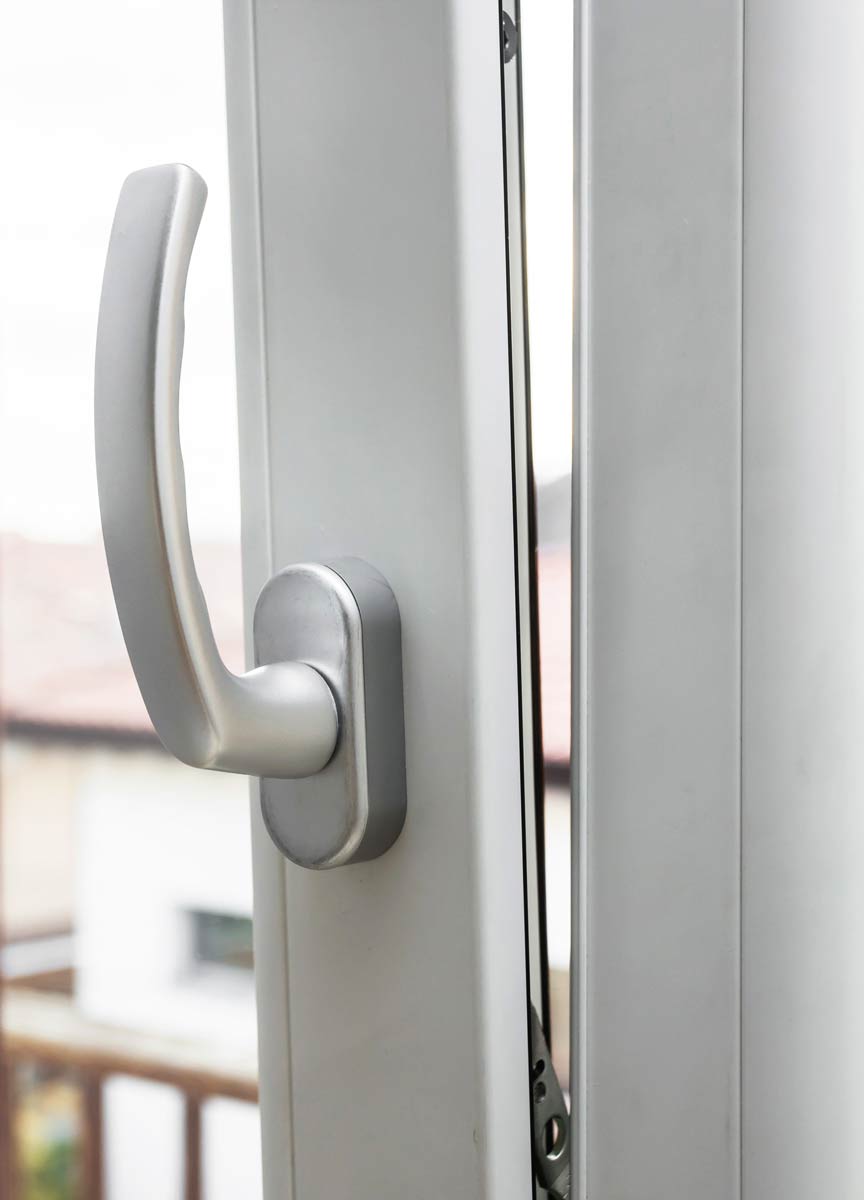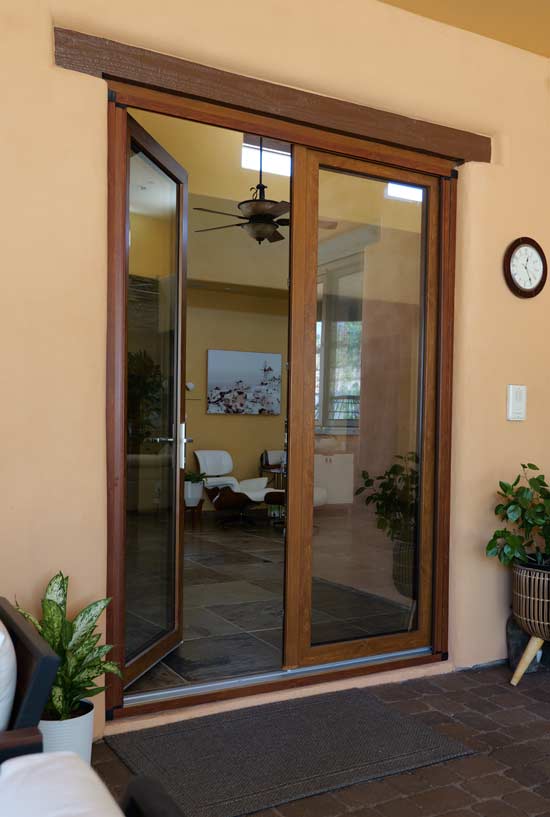Frequently Asked Questions
What is the process for upgrading windows with VIP Smart Windows?
The process for upgrading windows with VIP Smart Windows involves four key steps: a personalized consultation, an on-site assessment, custom design tailored to your needs, and professional installation, ensuring energy efficiency and durability for Arizona's climate.
How does VIP Smart Windows ensure energy efficiency in their products?
VIP Smart Windows ensures energy efficiency in their products through advanced European engineering and high-quality materials, designed specifically for Arizona's climate. This combination minimizes energy loss, enhancing insulation and reducing heating and cooling costs.
What steps are involved in the custom window design process?
The steps involved in the custom window design process include a personalized consultation, an on-site assessment, custom design creation, and professional installation, ensuring tailored solutions that meet your specific needs and enhance energy efficiency.
What materials are used in window upgrades?
The materials used in window upgrades typically include high-quality vinyl, fiberglass, and aluminum frames, along with energy-efficient glass options, all designed to enhance durability and insulation tailored for Arizona's climate.
How long does the window installation take?
The duration of window installation typically ranges from a few hours to a full day, depending on the number of windows and the complexity of the project. Our team ensures a smooth and efficient process for your convenience.
What energy efficiency standards do you follow?
The energy efficiency standards we follow include the latest guidelines set by the U.S. Department of Energy and ENERGY STAR® specifications, ensuring our custom windows are optimized for Arizona's climate and provide maximum energy savings for our customers.
Can I customize my window design?
You can customize your window design with VIP Smart Windows. We offer tailored solutions to meet your aesthetic preferences and energy efficiency needs, ensuring your windows perfectly fit your home and lifestyle.
What is the warranty on your windows?
The warranty on our windows includes a comprehensive coverage plan that guarantees both materials and workmanship, ensuring your investment is protected for years to come. Specific terms may vary, so please consult with us for detailed information.
How do I schedule a consultation?
Scheduling a consultation is simple. You can either call us directly or fill out the contact form on our website. Our team will reach out to confirm your appointment and discuss your window upgrade needs.
What are the benefits of energy-efficient windows?
The benefits of energy-efficient windows are significant. They help reduce energy costs, enhance indoor comfort, and minimize environmental impact by improving insulation and reducing reliance on heating and cooling systems, making them ideal for Arizona's climate.
How do you assess my window needs?
Assessing your window needs involves a personalized consultation where we discuss your preferences and requirements, followed by an on-site assessment to evaluate your current windows and their energy efficiency.
What styles of windows do you offer?
The styles of windows we offer include casement, double-hung, sliding, and picture windows, all designed to enhance energy efficiency and aesthetic appeal, tailored specifically for Arizona's climate.
Are your windows suitable for all climates?
VIP Smart Windows are designed to be suitable for various climates, including the unique conditions of Arizona. Our energy-efficient solutions ensure optimal performance, regardless of temperature fluctuations or weather challenges.
What is the cost range for window upgrades?
The cost range for window upgrades typically varies based on factors such as window type, materials, and customization. Generally, you can expect prices to start around $300 and go up to $1,500 per window, depending on your specific needs.
How do you ensure quality control during fabrication?
Ensuring quality control during fabrication involves rigorous monitoring at every stage. We implement strict standards, conduct regular inspections, and utilize advanced technology to guarantee that each window meets our high energy efficiency and durability requirements.
What is the timeline for the design process?
The timeline for the design process at VIP Smart Windows typically spans 4 to 6 weeks, encompassing personalized consultations, on-site assessments, and custom design creation to ensure the perfect fit for your energy-efficient window upgrade.
Can I see examples of previous projects?
You can view examples of our previous projects by visiting our website's gallery section, where we showcase a variety of custom window designs and installations tailored for Arizona's climate.
What financing options are available for upgrades?
The financing options available for upgrades include flexible payment plans and financing through third-party lenders, making it easier for you to invest in energy-efficient window solutions tailored to your needs.
How do smart windows work?
Smart windows work by utilizing advanced technology to adjust their tint or transparency based on environmental conditions. This helps regulate indoor temperatures, enhance energy efficiency, and reduce glare, making them ideal for Arizona's climate.
What maintenance is required for your windows?
The maintenance required for your windows includes regular cleaning, checking seals for wear, and ensuring proper operation of hinges and locks. Additionally, periodic inspections can help maintain energy efficiency and prolong the lifespan of your windows.
How do you handle window installation challenges?
Handling window installation challenges involves a thorough assessment and expert craftsmanship. Our team anticipates potential issues and employs innovative solutions to ensure a seamless installation process, prioritizing both quality and customer satisfaction.
What is the lifespan of your windows?
The lifespan of our windows is typically between 20 to 30 years, depending on the materials used and maintenance. With our energy-efficient designs, you can expect durability and long-term performance tailored for Arizona's climate.
How do you incorporate customer feedback into designs?
Incorporating customer feedback into our designs is essential for us. We actively solicit input during consultations and assessments, ensuring that our custom window solutions reflect the preferences and needs of our clients while enhancing energy efficiency.
What certifications do your windows have?
The certifications for our windows include ENERGY STAR® and NFRC ratings, ensuring they meet strict energy efficiency standards. Additionally, our products comply with ASTM and AAMA specifications, reflecting our commitment to quality and performance in Arizona's climate.
How do you ensure durability in window products?
Ensuring durability in our window products involves utilizing high-quality materials, advanced European engineering, and meticulous American craftsmanship. This combination guarantees that our windows withstand Arizona's climate while providing long-lasting energy efficiency and performance.
What is the process for replacing old windows?
The process for replacing old windows involves a personalized consultation, an on-site assessment, custom design tailored to your needs, and professional installation to ensure energy efficiency and durability.
How do you train your installation team?
The training of our installation team involves a comprehensive program that combines hands-on experience, expert-led workshops, and ongoing assessments to ensure they are proficient in the latest techniques and technologies for energy-efficient window installation.
What innovations are you implementing in window design?
The innovations we are implementing in window design include advanced energy-efficient materials, customizable features tailored for Arizona’s climate, and cutting-edge technology that enhances durability and performance, all while combining European engineering with American craftsmanship.
How can I improve my homes energy efficiency?
Improving your home's energy efficiency involves upgrading to energy-efficient windows, enhancing insulation, sealing leaks, and using energy-efficient appliances. These steps help reduce energy consumption and lower utility bills, especially in Arizona's climate.
What should I expect during the installation day?
On installation day, you can expect our professional team to arrive on time, ready to carefully remove your old windows and install your custom designs. We prioritize efficiency and cleanliness, ensuring minimal disruption to your home.


